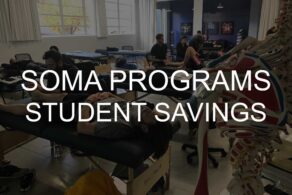The SomaTherapy Program aspires to develop the most skilled practitioners through the process of treatment of the joints, soft tissues, visceral and neuromuscular function, and motor control.
Programs are designed to incorporate the science of pain cycle and inflammation into the manual treatment.
A diploma is awarded after successful completion of the SomaTherapy Program, Levels 1, 2 and 3: The Diploma of SomaTherapy.
Advanced SomaTherapy: With the Diploma of SomaTrainer and the Diploma of SomaTherapy, and after presenting a short thesis, the International Federation of Somatherapy will confer the Diploma of Advanced Somatherapy.
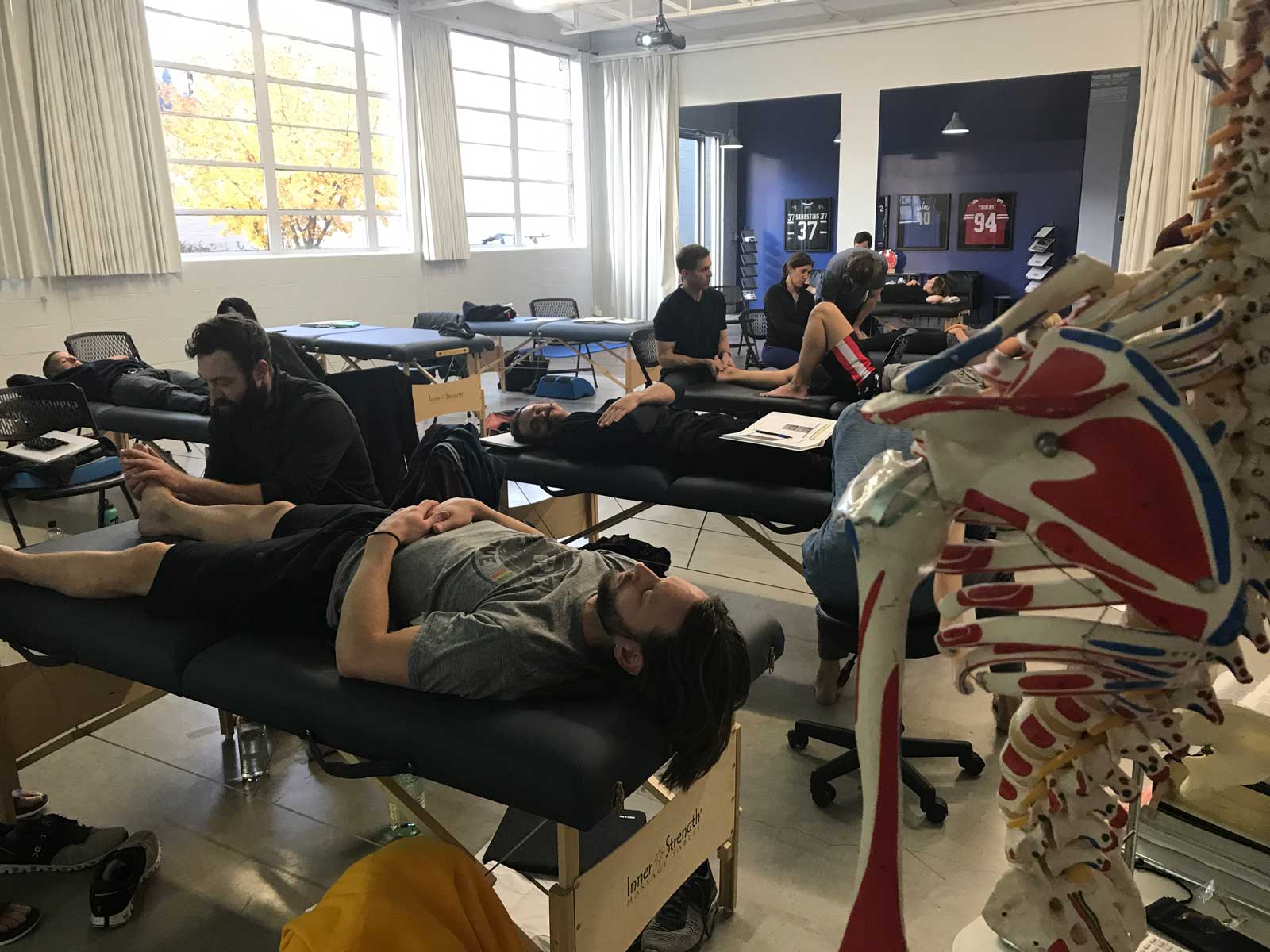
SomaTherapy ★ Texas Institute
Instructor: Terry Frangopoulos
Hosted by: Scott Herrera & Legacy Sport & Wellness Center
In order to work with the challenges presented by the current global pandemic and maintain the quality of the SomaTherapy program, the program has been restructured. The new organization of the SomaTherapy teaching will be as follows:
The SomaTherapy founder Guy VOYER, DO will be teaching the theoretical courses and related materials online via live stream. A following two day in person course practical application course will be held.
The online theory courses will require 2 evenings in a row of 4 hours each (from 7pm to 11pm central time US); There will be an additional 2 days of practical classroom sessions which we will host at Legacy Sport & Wellness Center. See the schedule below to register for the practical application courses.
- If you only take the Practical portion of the course, you will receive a Certificate of completion for the 16 hours of the Practical.
- This will be signed by Terry Frangopoulos, as the Instructor, and Scott Herrera, as Director of SomaTherapy Texas Institute.
- This will NOT be signed by Guy VOYER, DO. Neither will it be considered as completion of the course for purposes of receiving a SomaTraining Diploma
-
Summer School 2024
Price Varies -
Soma Programs Student Savings
$50.00 – $899.00
Program Overview
Level 1 – Osteo-Articular Pumping
1-1. Lower Limbs | 2-1. Upper Limbs & TMJ | 3-1. Trunk & Pelvis
The facilitation of the movement of water within the joint complex (synovial fluid, water in the collagen tubes of ligaments, tendons, bursae, and lymph) is the the main goal of osteo-articular pumping. By regulating fluid flow osteo-articular/joint pumping can assist the body in being more efficient in managing the process of acute inflammation. In a chronically painful and tight joint, osteo-articular pumping moves stagnated fluid to improve mobility and functionality. Osteo-Articular/Joint Pumping is the foundation of the SomaTherapy program.
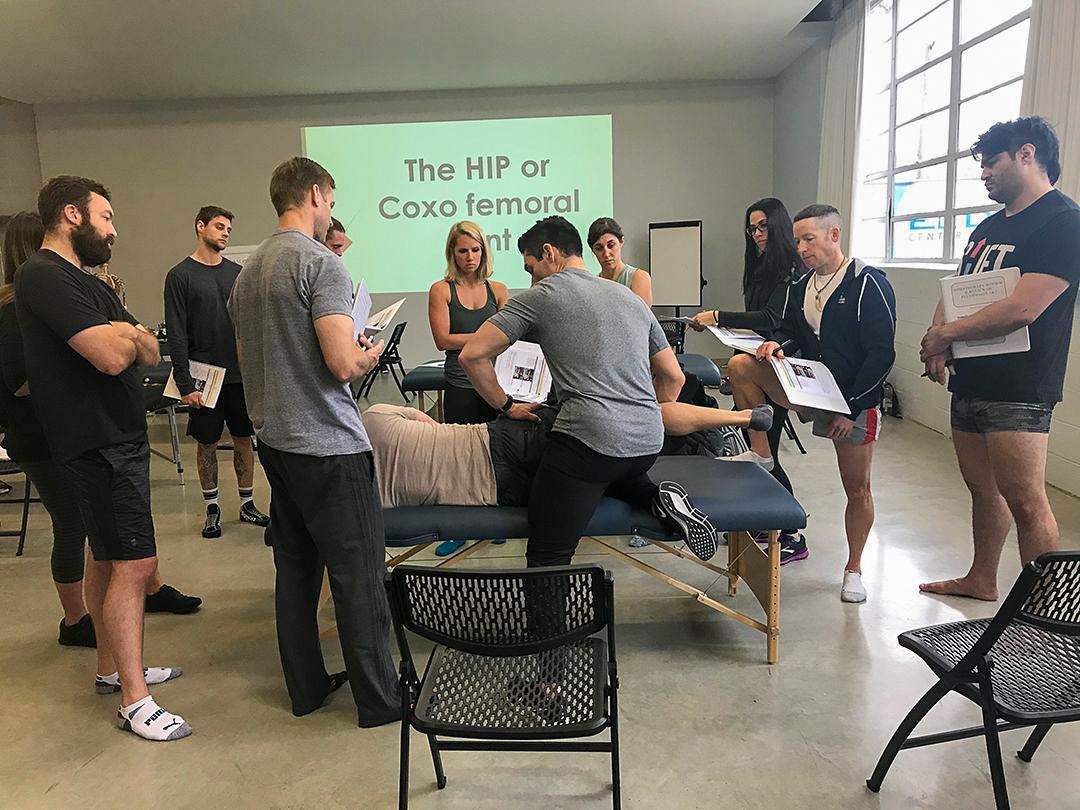
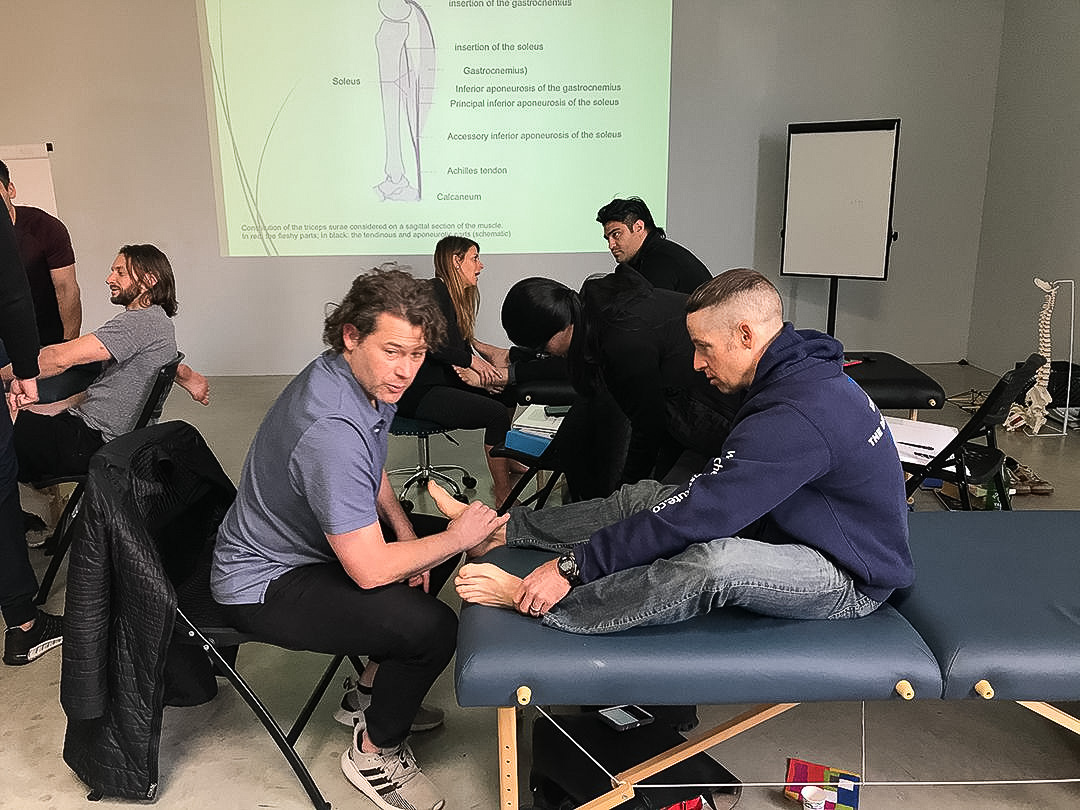
Level 2 – Fascial Normalization
1-2. Lower Limbs | 2-2. Upper Limbs & TMJ | 3-2. Trunk & Pelvis
Fascial normalization will focus on the intrinsic quality of the fasciae and will address various fascial chains analytically breaking down to their components. Fascial chains can include direct links where there is a traceable continuity of the same tissue throughout the kinetic chain as well as indirect links where contiguity, being immediately adjacent, of fascial tissue has a significant influence on the function of the chain. Water is constantly being linked and unlinked to glycosaminoglycans and proteoglycans in the extra cellular matrix. This continual process of GEL and SOL of linking and unlinking of free and bound water is fundamental for not only for the health of the fasciae but also the health of the body as a whole.
Level 3 – Transverse Tendinous & Ligamentous Stretching
1-3. Lower Limbs | 2-3. Upper Limbs & TMJ | 3-3. Trunk & Pelvis
The 2TLS (or TTLS) can directly correct orthopedic muscle, tendon and/or ligament dysfunction. But they are essential before any corrective structural manipulation. 2TLS is a technique that addresses the structural needs and sensory functions of tendons, ligaments and specific muscles. Its focus is to normalize mechanical tension in a contracted or shortened ligament, tendons and muscles by creating a temporary inhibition in their protective mechanism.
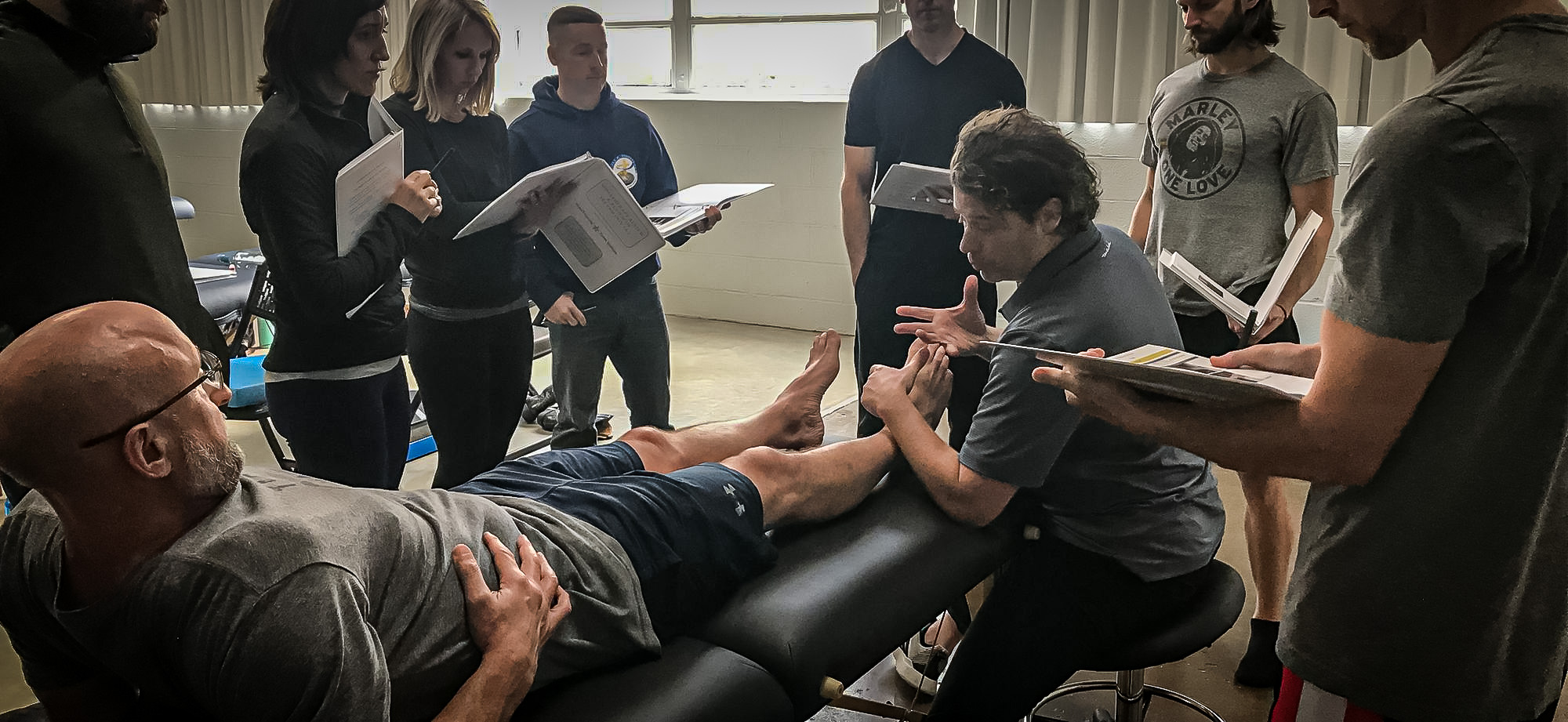
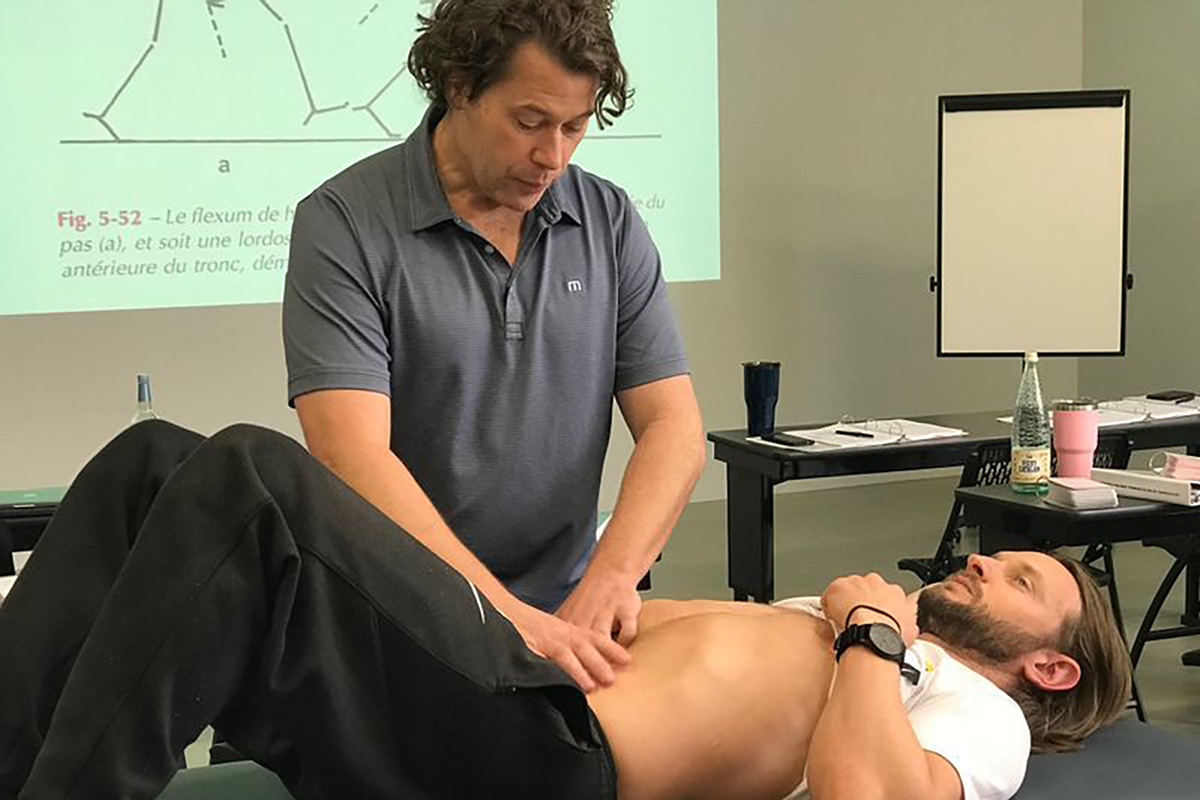
Level 4 – Treatment of the 4 Diaphragms
The human body has 4 main diaphragms. The relational balance between them normalizes the pressures and movements of all venous, arterial and lymphatic fluids, thus, hormonal functions.
1-4. Thoracic diaphragm: The fundamental muscle of respiration, but also one of the main muscles of the body with multiple fascial relations with all the abdominal, thoracic and pelvic viscera. More than 50 therapeutic techniques related to all these links, allow the therapist to thoroughly treat it.
2-4. Cervico-thoracic diaphragm: Both vertical (Stylian Diaphragm) and horizontal (Bourgery Diaphragm), the Cervico-thoracic Diaphragm has a role in both the posture of the cervical spine and the stability of the shoulder girdle. It is also related to the larynx, pharynx and thyroid. Knowing how to normalize it is therefore fundamental.
3-4. Pelvic diaphragm: The stability of the pelvis, and therefore of the entire rachis, depends on the stability of the perineum. This diaphragm manages the entire urogenital system. It is also is the floor of all the viscera of the body. During pregnancy and childbirth, the quality of its function is fundamental. It is necessary to know how to treat the hundred or so ligaments and muscles that compose it.
4-4. Cranial diaphragm and Concussion: This roof of the body protects and connects the brain and the spinal cord. The different parts of the dura mater that compose it must be specifically treated. The movement of cerebrospinal fluid within the cranial ventricles must be normalized. Whatever the cause, sports or accidental, the treatment of concussions requires the rebalancing of the cranial diaphragm.
Graduation and Champagne!
Celebration with Champagne!
After 4 years of courses and hands-on exam with Guy VOYER, DO, the therapist walks away with a Diploma in SomaTherapy and many toasts of congratulations.


